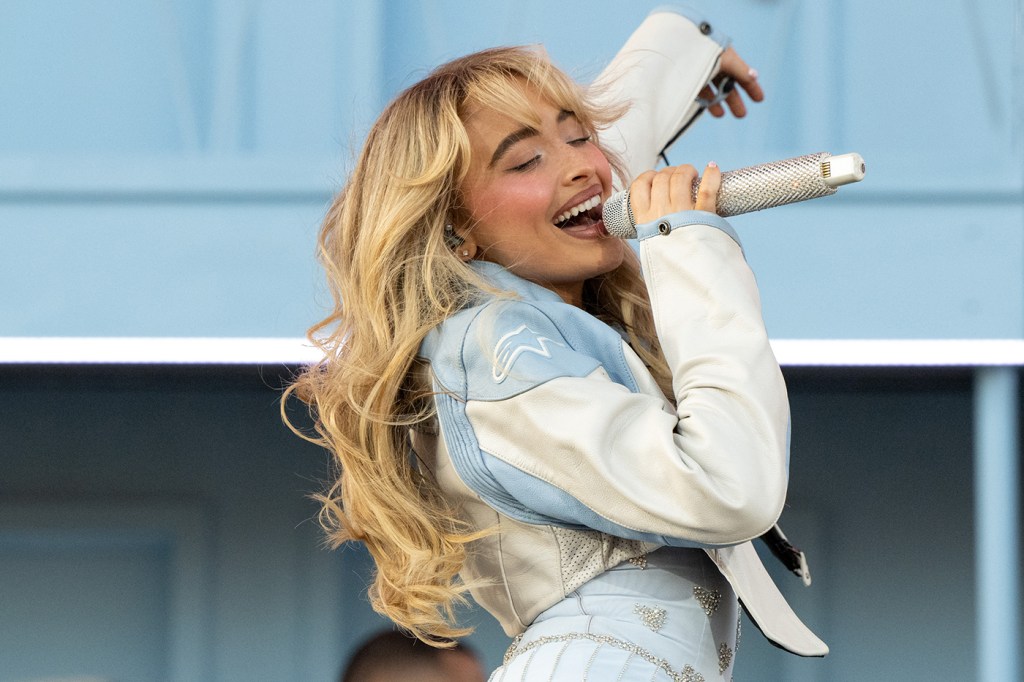Why is Sabrina Carpenter’s ‘Espresso’ stuck in your head?
Northeastern’s Psyche Loui, an expert in auditory cognitive neuroscience, explains the psychology of catchy music and its impact on our brains.

Chances are if you’ve used Spotify lately, you’ve had Sabrina Carpenter’s “Espresso” play after a playlist or album ends … and if you’ve listened to this song, you probably have the chorus stuck in your head.
The Disney star-turned-singer’s song became her first Billboard Top 10 hit within weeks of its release. Adele even said how much she loves the song.
The lyrics of the pop song describe a woman who enchants men so much that she keeps them up all night, much like caffeine. To make this comparison, Carpenter sings “Say you can’t sleep, baby, I know/that’s that me, espresso.”

The chorus doesn’t make much sense grammatically, yet people say they’ve been unable to get it out of their head (perhaps why it’s charted so high). There is an explanation though as to why these seemingly nonsensical lyrics become an earworm.
Psyche Loui, an associate music professor at Northeastern University and expert in auditory cognitive neuroscience, says songs usually get stuck in your head because they’re catchy, whether it’s because of the backup vocals or the unexpected drum beats. It can also be because of the lyrics.
Featured Posts
“It’s usually songs that are a little bit unexpected, but not so unexpected that they’re out of left field,” Loui says. “For example, I take my coffee with cream and sugar. That’s a very mundane sentence. That’s not likely to get stuck in your head. But ‘I take my coffee with cream and socks’ — Well, people don’t usually take coffee with socks, so that’s a little bit unexpected and more likely to get stuck in your head.”
This might be why people can’t stop singing “that’s that me, espresso.” (Also see: Ariana Grande’s song “Break Free,” where she sang “now that I become who I really are.”)
Loui adds that something like espresso is easily recognizable to many listeners, making it more memorable, while the themes of love and interpersonal desires also resonate with many.
“Maybe you have used espresso to stay up all night to write a paper,” she says. “Maybe you have drunk espresso to go party with your friends. Those then give you certain autobiographical memories that the music also taps into. … There’s so many flavors of relationships that get captured in songs.”
However, a song doesn’t just need funky lyrics to stick. There needs to be another reason for it to get stuck in your head, Loui says.
“If you take that slightly unexpected sentence and you set it to music, that’s very boring,” Loui says. “But then if you start to shift that rhythmic expectation by layering cowbells or high hats and different percussion instruments on the offbeat, those add to the feeling of groove. And once there starts to be a good groove, then your brain gets a little bit amped up and you’re a little bit more primed to receive information.”
When a song has a catchy beat, people are more likely to get into the lyrics, whether or not they make sense. And if the lyrics don’t make sense, Loui said the song is even more likely to be memorable.
“We’re all socialized in our culture that we’re like very readily able to pick up on the level of unexpectedness and then also able to translate it to new instances,” Loui says. “It’s playing with these expectations and then setting it up with a very kind of fun backdrop.”











